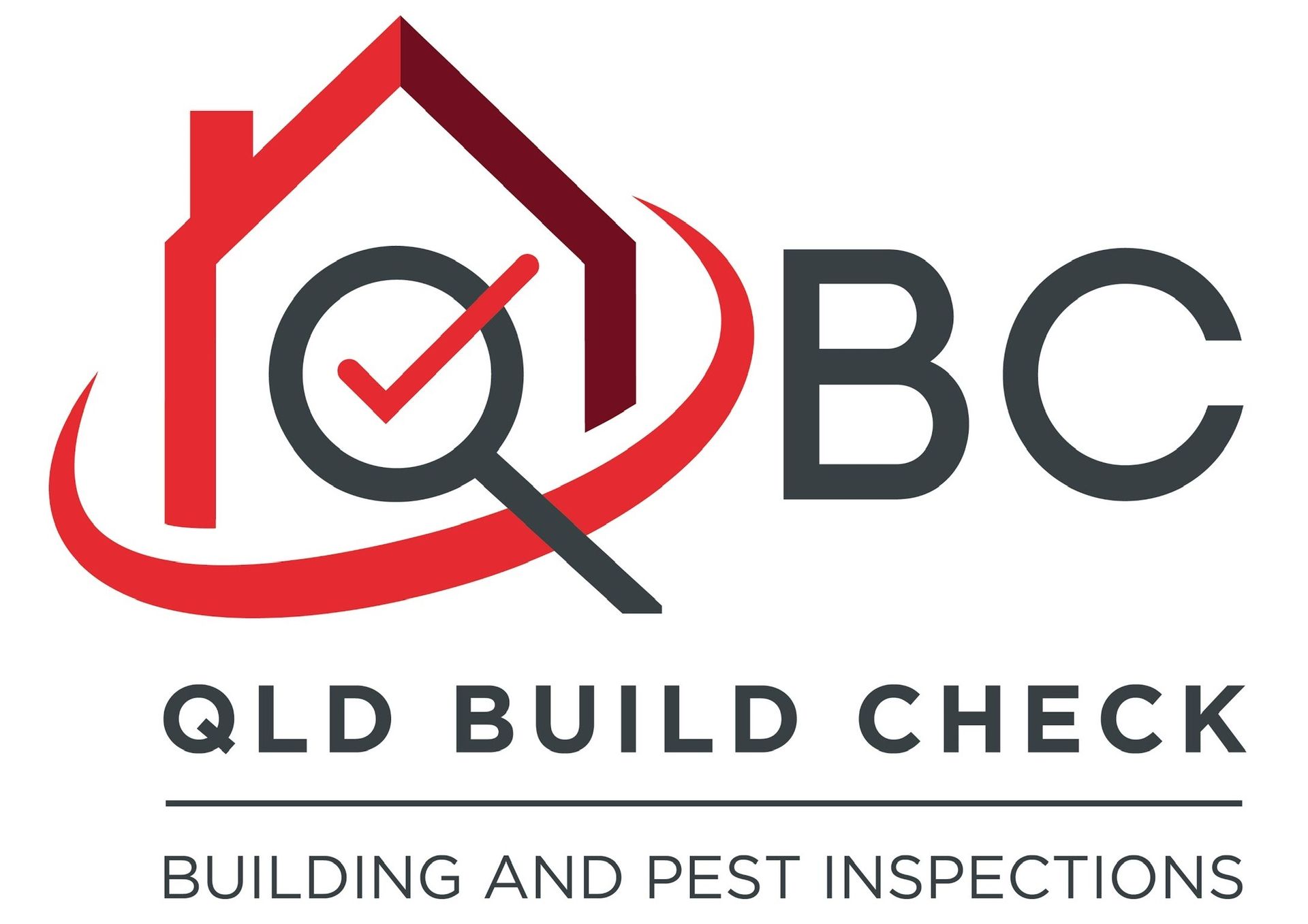At QLD Build Check, based in Brisbane, we offer comprehensive building and pest inspections to help buyers and sellers make informed decisions. Whether you're purchasing or selling a home, our detailed inspections provide peace of mind by identifying any potential issues ensuring the property is structurally sound and free from pests.
Building Inspection
A building inspection is crucial when buying or selling a home. It evaluates the property's structural integrity, identifying any issues that could lead to costly repairs in the future. By getting a professional inspection, you can avoid unpleasant surprises and ensure the home is in good condition.
Pest Inspection
Pests can cause significant damage to a property, and some, like termites, can weaken its structure. We include a pest inspection as part of your complete building and pest inspection, which covers both the interior and exterior of the property, looking for signs of infestation that could lead to expensive repairs or even health risks.
The Importance of Building and Pest Inspections
A combined building and pest inspection is essential for understanding the overall condition of a property. It helps uncover any hidden problems, such as structural damage or pest infestations, that may not be visible during a standard viewing. This allows buyers to make informed decisions and sellers to address potential issues before listing their property.
Check our fees page for a price estimate for your building and pest inspection.
Why Invest in a Building and Pest Inspection and Report?
A building and pest inspection and report offer buyers protection, giving them a complete picture of the property's condition. The report often plays a crucial role in real estate transactions, as many contracts are contingent on satisfactory inspections. With a detailed report from QLD Build Check, you can confidently negotiate repairs or reconsider your purchase if necessary.
Ensure your property is safe with a building and pest inspection. Call 07 3130 0829 today to schedule your inspection.

